Hi, I'm Max
I'm Alpenglow's Director of Marketing and splitboard buyer. It's an absolute pleasure to be here! I splitboard in the winter and ride bikes all year round. Look for my big red van, Clifford, at trailheads and campsites throughout the Sierra.

My Story
I was probably seven or eight, riding the whoopdees trail on Mount Watson, when I first caught proper air on my mountain bike. I did a tiny little bar turn but in my mind that was a full-on X-up. From that moment on, I was committed to being a mountain athlete.
I chased the mountains to Boulder, Colorado where I learned to love champaign pow and bigger adventures on 14,000ft peaks. I learned marketing and software development in school, skills I'm stoked to use here at Alpenglow Sports.
My biggest progression was stepping into the backcountry in 2020. I learned the value of mentorship and community and used both to hone my skills. I'm currently trying to find the limit of hardboot splitboarding. I haven't found it yet!
"I choose gear that eliminates excuses and doubt. When your gear's not holding you back, you can do things you never thought possible."
My Binding Picks:
Phantom M6 Bindings
Phantom's M6 bindings are bomber! They have held up to 250+ hard days over three seasons and are still working flawlessly. It's super satisfying to flick those two stainless steel tabs and have the binding easily twist off. It's confidence inspiring to pop those same tabs back down, step on, and ride with zero play and zero worries.
I like how the bindings squeeze the board together and help align the board vertically. These bindings go on super quick which contributes to efficient transitions. I store my bindings externally, on a carabiner attached to the hip belt on my pack, for easy access always.
While the bindings themselves aren't the lightest, when you pair them with the Phantom Solo Cleats, you'll have the lightest total binding + cleat/puck setup on the market.
I'm stoked to try all the hardboot splitboarding hardware, but I'm doubtful these bindings and the phantom system will be displaced anytime soon.
Dyno DH Bindings
I picked up a set of Dyno DH bindings as a point-of-comparison against my M6 Bindings. I am quite impressed! I like how they pack flatter than Phantoms and I've really enjoyed the reliable on-and-off that we've come to expect from Spark R&D puck systems.
I think the Dyno DH bindings have an edge over other offerings in their overall adjustability! There are a seemingly endless combination of toe and heel bail placements, allowing you to really dial in your boot position. Compare that with just three positions on the M6 binding and you have a pretty compelling option for anyone with a challenging boot shape or unique mounting requirements.
The flip side of infinite adjustablility is that it's pretty finicky! The M6 Bindings are easier and faster when you need to change from boot to boot or get set up for a different size. I ride both the Phantom Slipper HD and Key Equipment Disruptive Boot, so it's awesome to have multiple bindings that are always read-to-go and set up for that specific boot.
Karakoram Nomad Bindings
When I was starting I had no idea what bindings I should get. I took a quick look and learned that Jeremy Jones and Nick Russel used Karakoram and that was all I needed to see. I picked up my first set of Nomad Bindings and pretty quickly learned why they were chosen.
Karakoram's designs are just smart! Once you see how things go together and come apart you'll be instantly impressed. The Ride Mode 2.0 system is designed to effortlessly align your board and hold both skis together, something that pucks do not do. It's nice to have an all-metal chassis in the Nomad binding and I find they ride great!
Importantly, Nick no longer rides Karakoram! Nick told me a story about breaking some Karakoram hardware on top of a spine in Alaska leading him to quit the system. In my time riding these bindings, I broke the heel riser and toe piece (walk mode stuff) multiple times. These bindings are really awesome but the overall Karakoram splitboard hardware is less reliable than others.
My splitboard boot: The Backland Pro
I dropped five pounds underfoot when I switched from softboots to the Backland Pro. Then I got the boots on snow and realized that wasn't even the best part.
Softboots are designed to have lateral flex so that you can have a wide stance without tweaking your knees. That side-to-side flex hurts you in the backcountry when all your weight dumps into your ankles on a long sidehill traverse. I immediately felt the boot's lateral stiffness supporting my ankles and driving the edges of my split into the mountain. This helped me overcome a long-standing issue of slipping in the skintrack. Better grip, support, and a lighter weight system helped massively cut down fatigue on big days.
The other constant concern on my biggest missions were unreliable strap crampons that kept falling off. The confidence I gained by using automatic crampons helped me step up to lines that define my seasons.
Introducing the Backland Pro was the tipping point in the Golden Age of Hardboot Splitboarding. Read the article to learn more about the boot and this wonderful time we have the pleasure of enjoying.
My splitboard picks
Jones Stratos Splitboard
The Stratos is the one board to do it all! It is my most consistent recommendation for folks in the Tahoe area and beyond. What's interesting about the Stratos is that it's the only "freestyle" splitboard that Jones makes. This means that it's made to pop off features and stomp with confidence.
Jones freeride boards, in contrast, are a lot less surfy and are not very fun until you're going really fast. I was stoked to discover that the Stratos is super playful in low-speed trees while also being stable at speed.
This is an excellent board to daily drive in Tahoe pow while being capable enough for big missions in the Eastern Sierra. Find me on my Stratos most days, always with a big smile on my face.
Ultralight Butterfly Split
This board inspired a completely new perspective on splitboard mountaineering. The Ultralight Butterfly split is lighter than our lightest pair of skis (and all the splits) but it doesn't ride like ultralight gear. Skiers constantly complain about their noodley lightweight skis and I don't have a single complaint with how this thing rides.
The long effective edge makes this board confidence inspiring in steeps and the length and weight make it super easy to hop-turn in tight spaces. The directional full camber profile and setback make for better edge hold than anything else I've ridden.
In the spring of 2023 I had ambitious big mountain objectives and I bought this board to give me the confidence I needed to set up to some huge lines. My experiences riding this board last spring were so profound that I have. a new hot take that I haven't heard from anyone else: The next generation of ski mountaineers will be on ultralight splitboards. Pair this board with Phantom Hardboots and you will be unstoppable.
Jones Hovercraft 2.0
We have some absolutely silly deep powder days in Tahoe. On the deepest days you want the widest board you can find. The Jones Hovercraft 2.0 is the widest board we carry!
This additional width makes deep powder days so easy! Not only do you not sink as far when breaking trail, you can ride pow on your front foot! No crazy leaning back required. Be mindful of the size you choose. Go with freeride length only if you want a pow-day only board. Size down a few cms for a super versatile machine!
That's always been the magic of this board. It holds an edge incredibly well in steep, firm terrain and floats like a dream in pow. That makes it an excellent tool for High Sierra missions and Tahoe snorkel fests.
In 2024, Jones revised the Hovercraft. In these moments, we never know if people will flock to the new shape or start hoarding the old one. In this instance, with the Hovercraft 2.0, Jones knocked the ball out of the park.
My secret weapons
Voile STS Tech Toe
A weakpoint in hardboot splitboarding are the tech toe options, most of which are converted ski tech toes. The conversions manage to compromise a few of the options and I have broken every tech toe I've mounted, until now.
The STS tech toe is built ground-up for splitboarding and delivers better reliability than any of the other options. It's massively simplified and is the lightest tech toe you can find. Check back here to see if I break it!
...Still haven't broken it! The one important note about the STS toe is you do need to bend down to operate the closure with your hand when entering the toe. I actually find this manual operation quite advantageous. It results in a 100% entry rate every time. Splitboarders are absolutely garbage at entering ski tech toes, so this is a huge improvement! You can pop out with the end of your pole just fine.
Phantom Rocket Risers
I'll be the first to say that I wore these out! Fortunately, ( and incredibly!) I know exactly how many days it took! 250 days of hard use before this product failed. And even then, all it took was a quick adjustment to fix the misaligned wire and I was back in the skintrack.
I recommend the Phantom Rocket Risers over other heel risers because they are the only all-metal heel piece you can find. You pay a pretty penny for the privilege but it is well worth it! $119.95 divided by 250 days is just 47 cents a day.
The best part, I am still using those heel risers! The design of the rocket riser allows you to remove one of the wires for even simpler operation. I recommend removing the high wire as it makes it easier to flip the risers up and back down. Enjoy a pair of rocket risers. You won't regret it.
Summit MIPS helmet
For a long time I was resistant to having a dedicated backcountry helmet. My resort helmet was light enough and never bothered me in the bc. Then I picked up the Summit MIPS and immediately understood how a backcountry-specific feature set makes a huge difference.
The weight savings and packability of this helmet will be the first things you notice, followed by some subtle improvements you didn't know you needed. This helmet is designed to be worn over the hat or hood you are already wearing for the uphill. I saved that step of stashing my hat and find the helmet to be accommodating for beanies and more on cold days. I find I haven't missed the goggle clip and other traditional resort features that this helmet forgoes. An overall nice addition to an ever-changing kit.
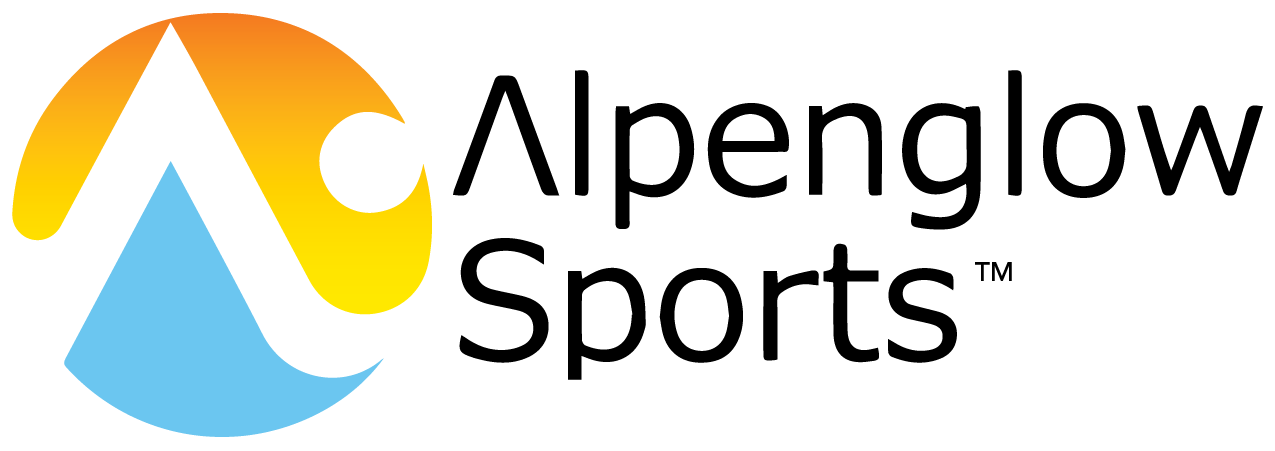
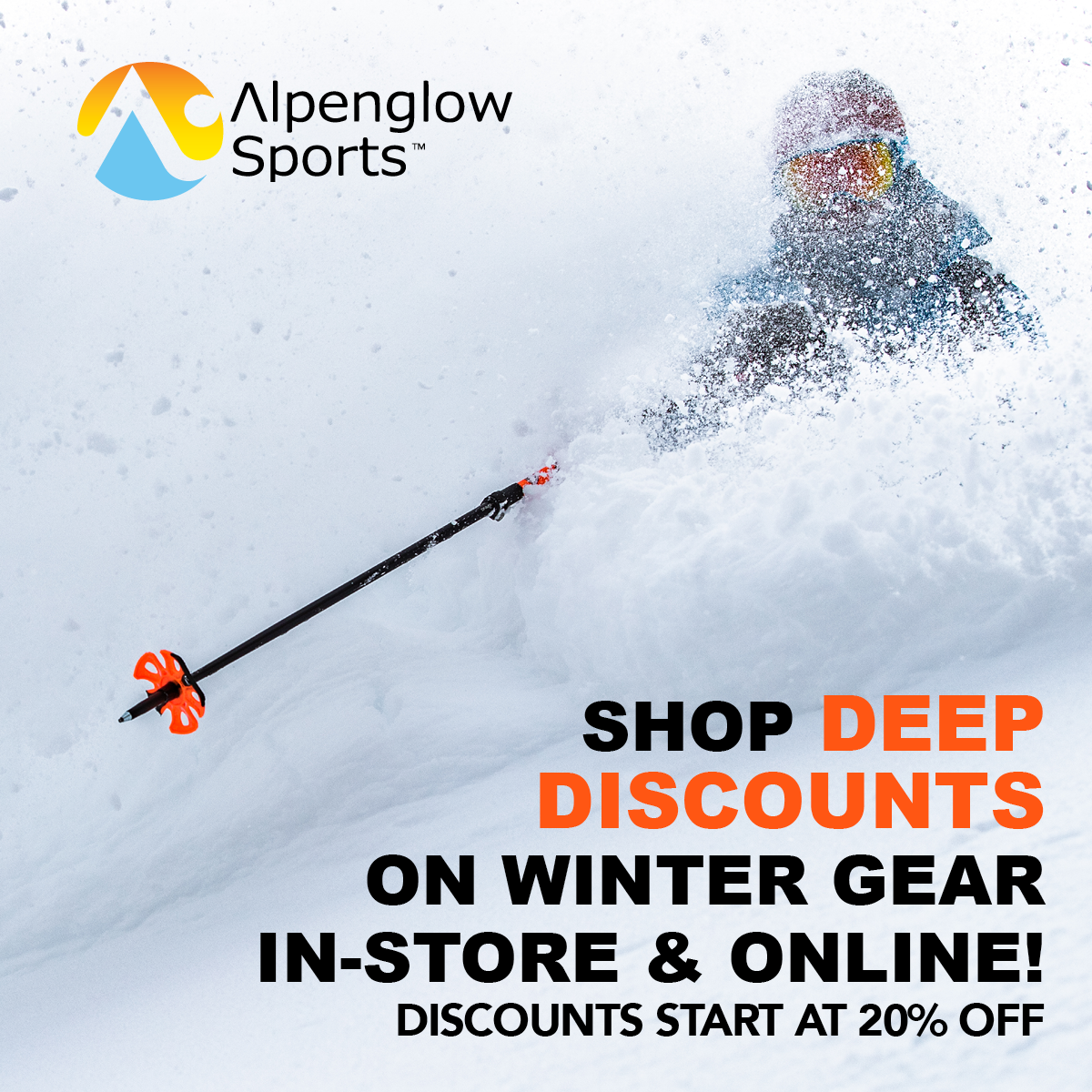
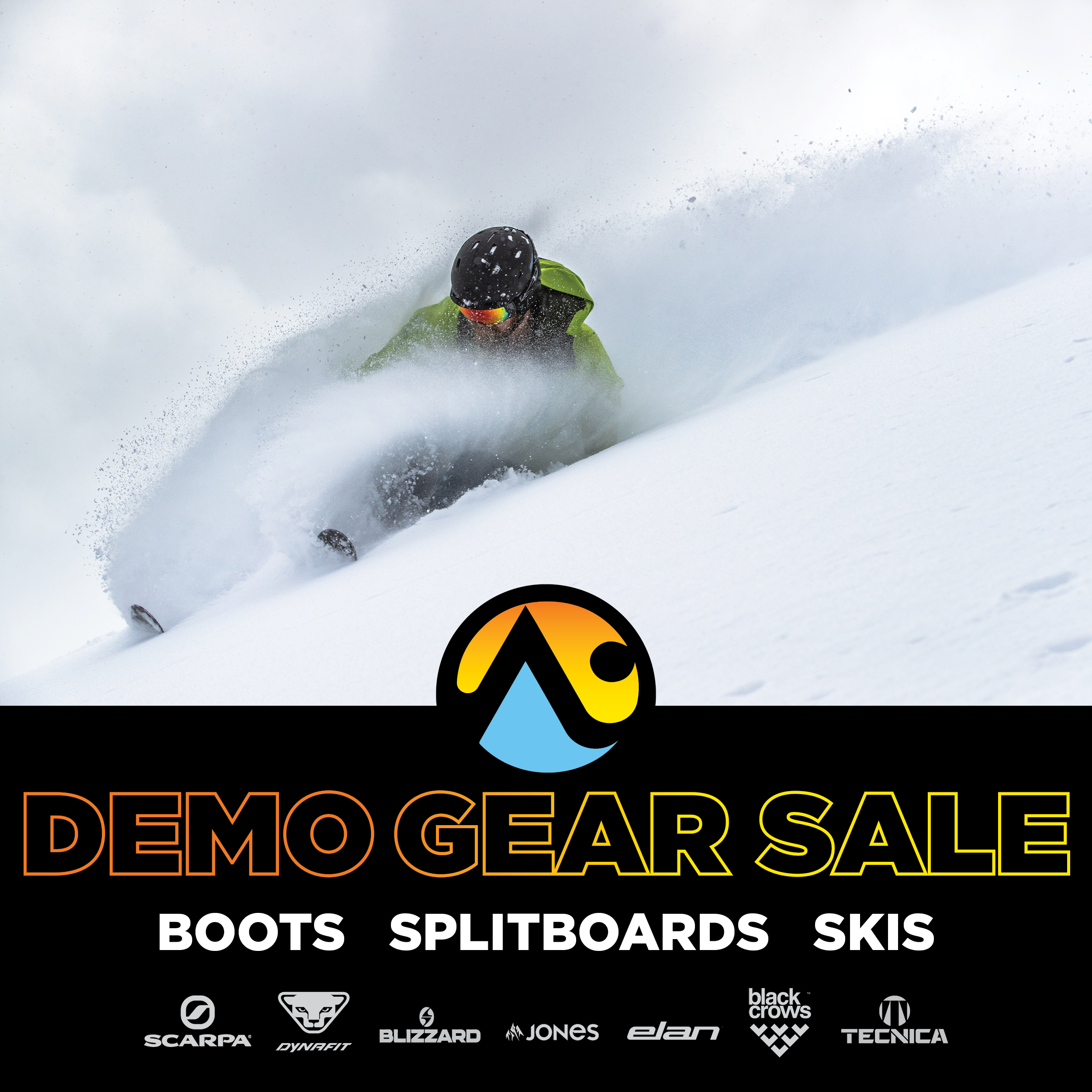
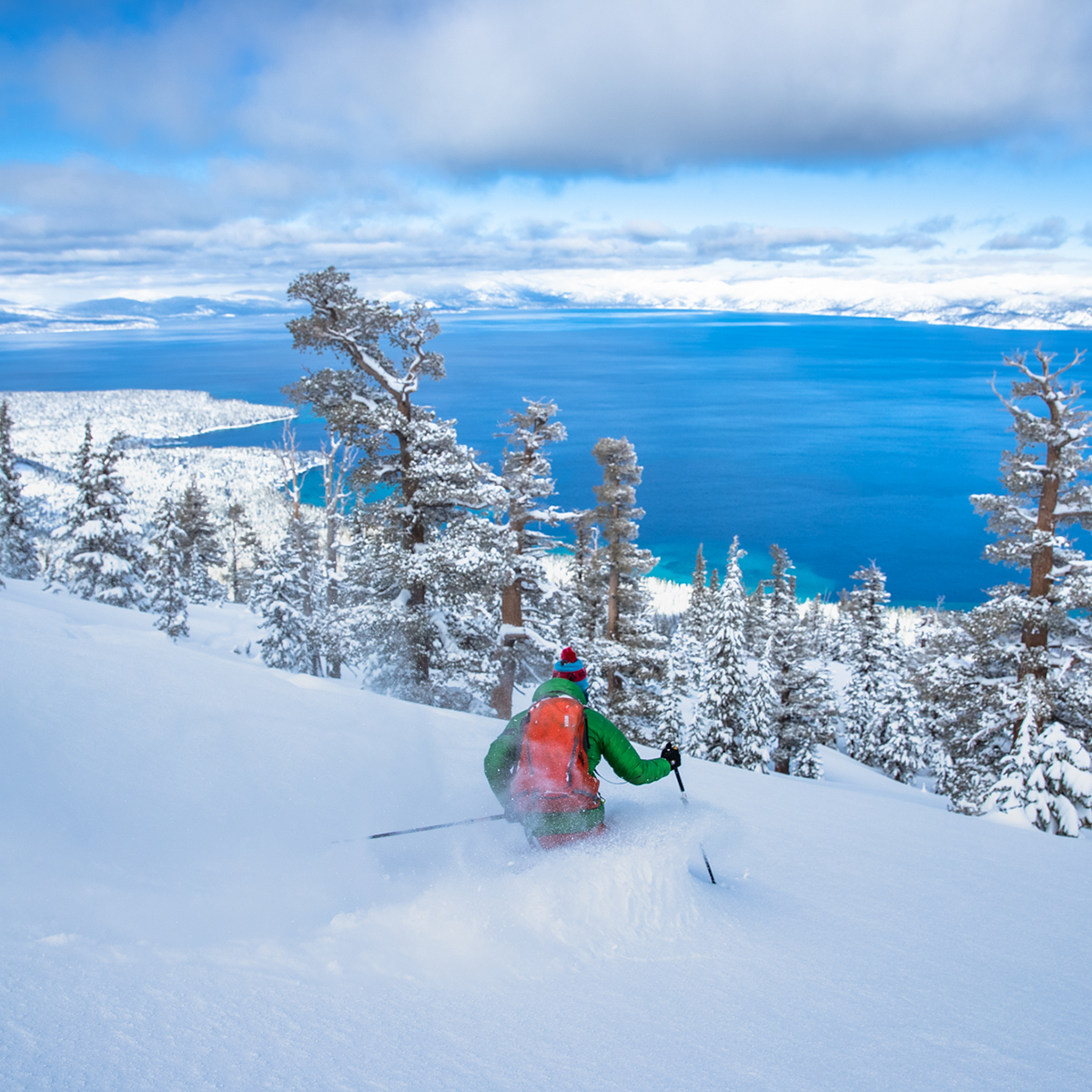
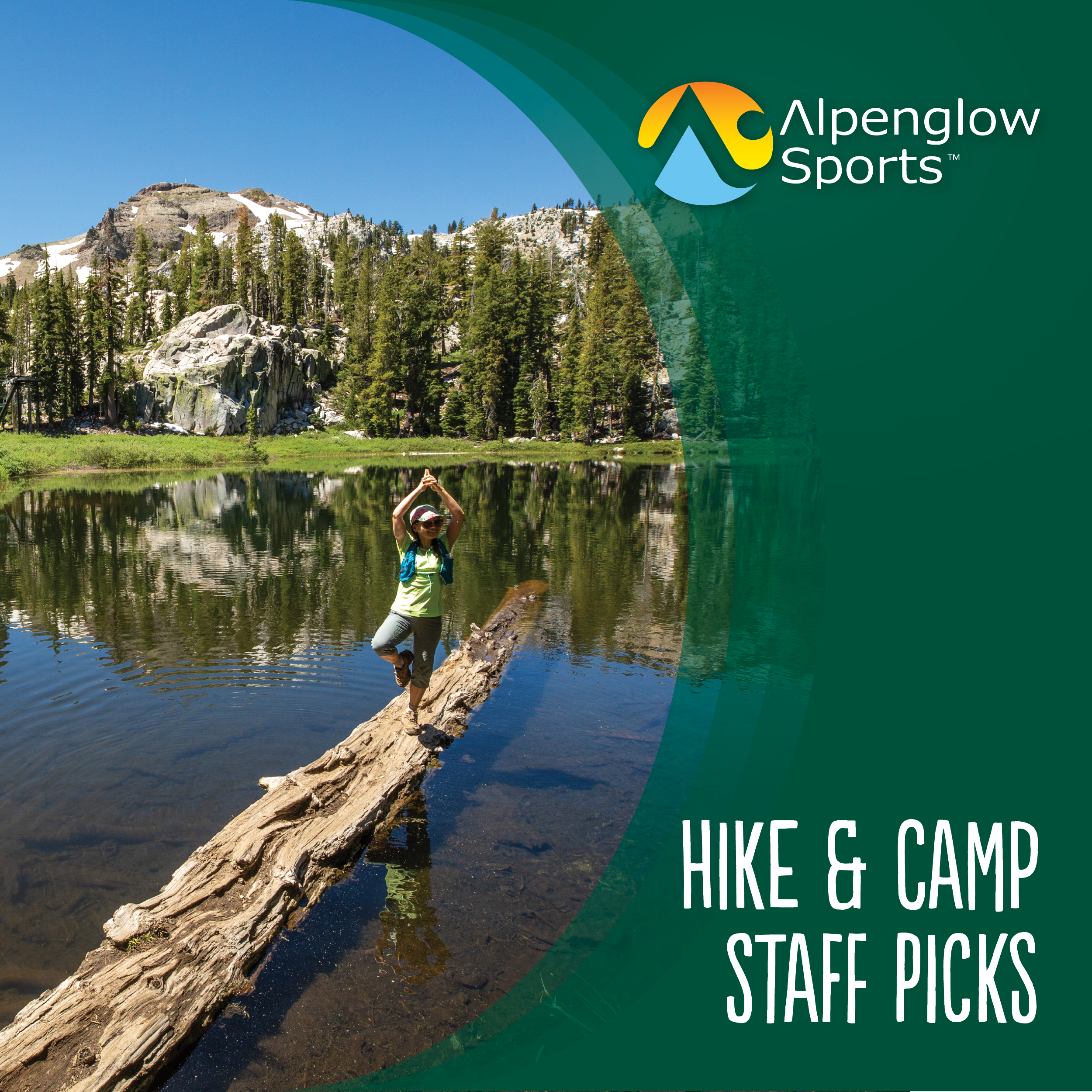
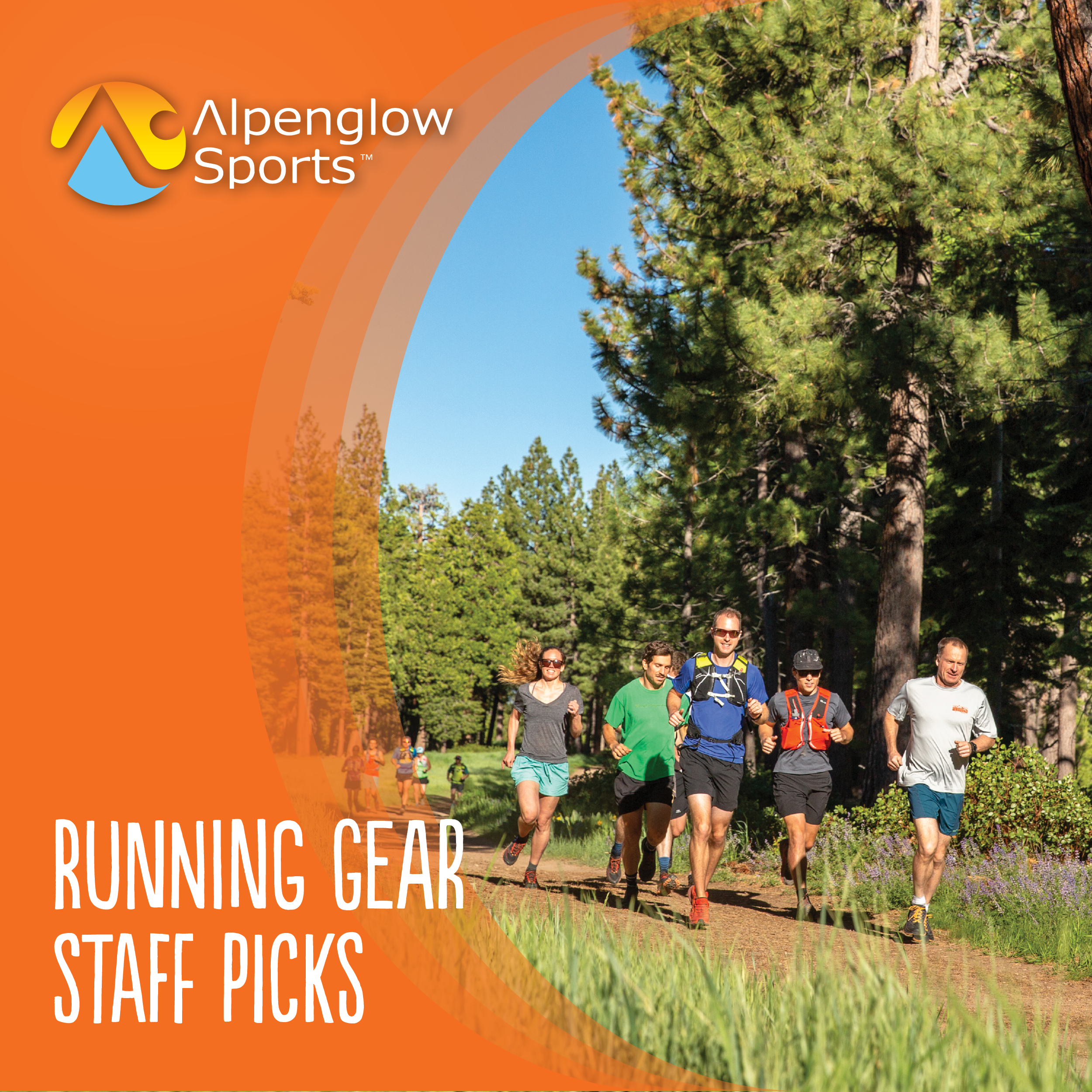

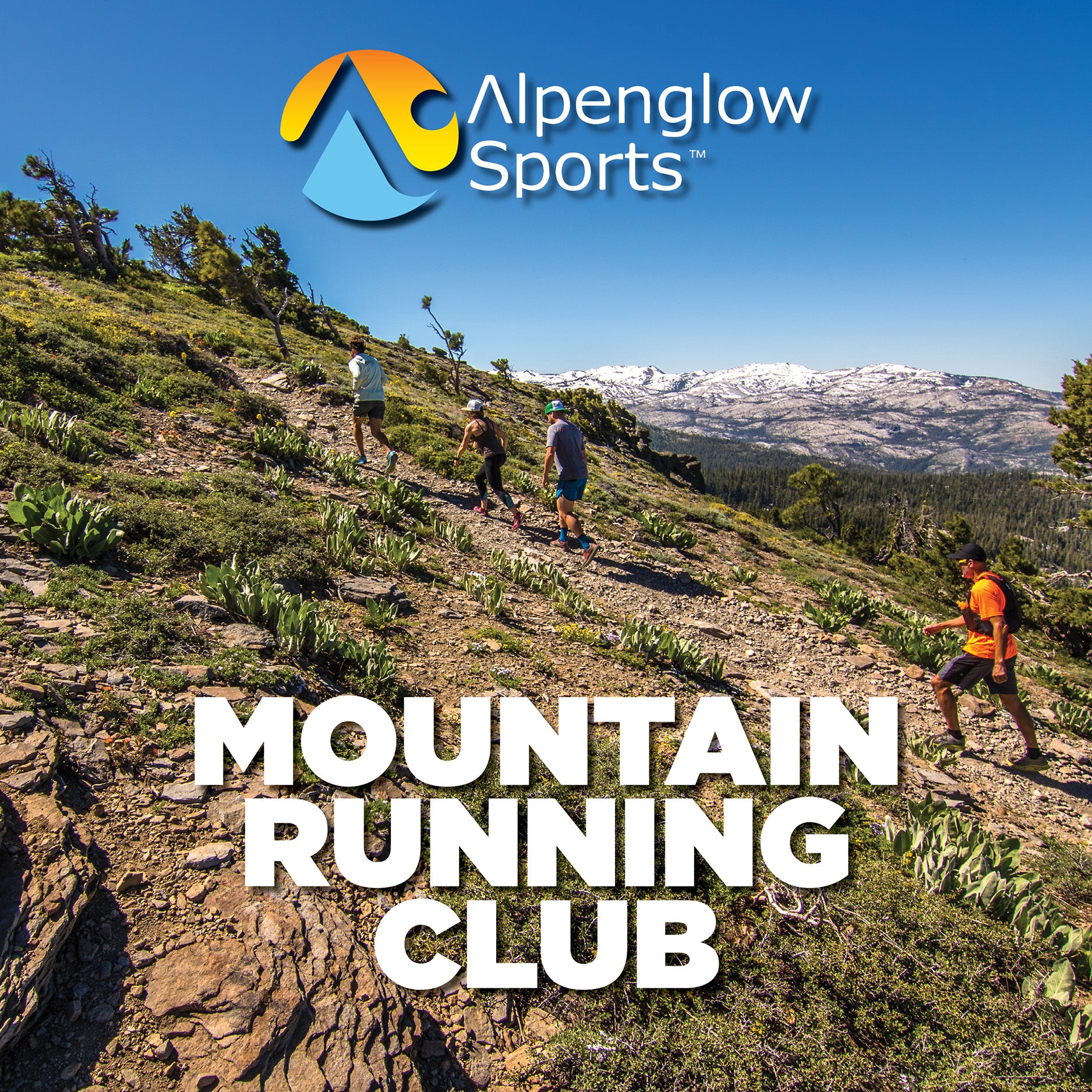
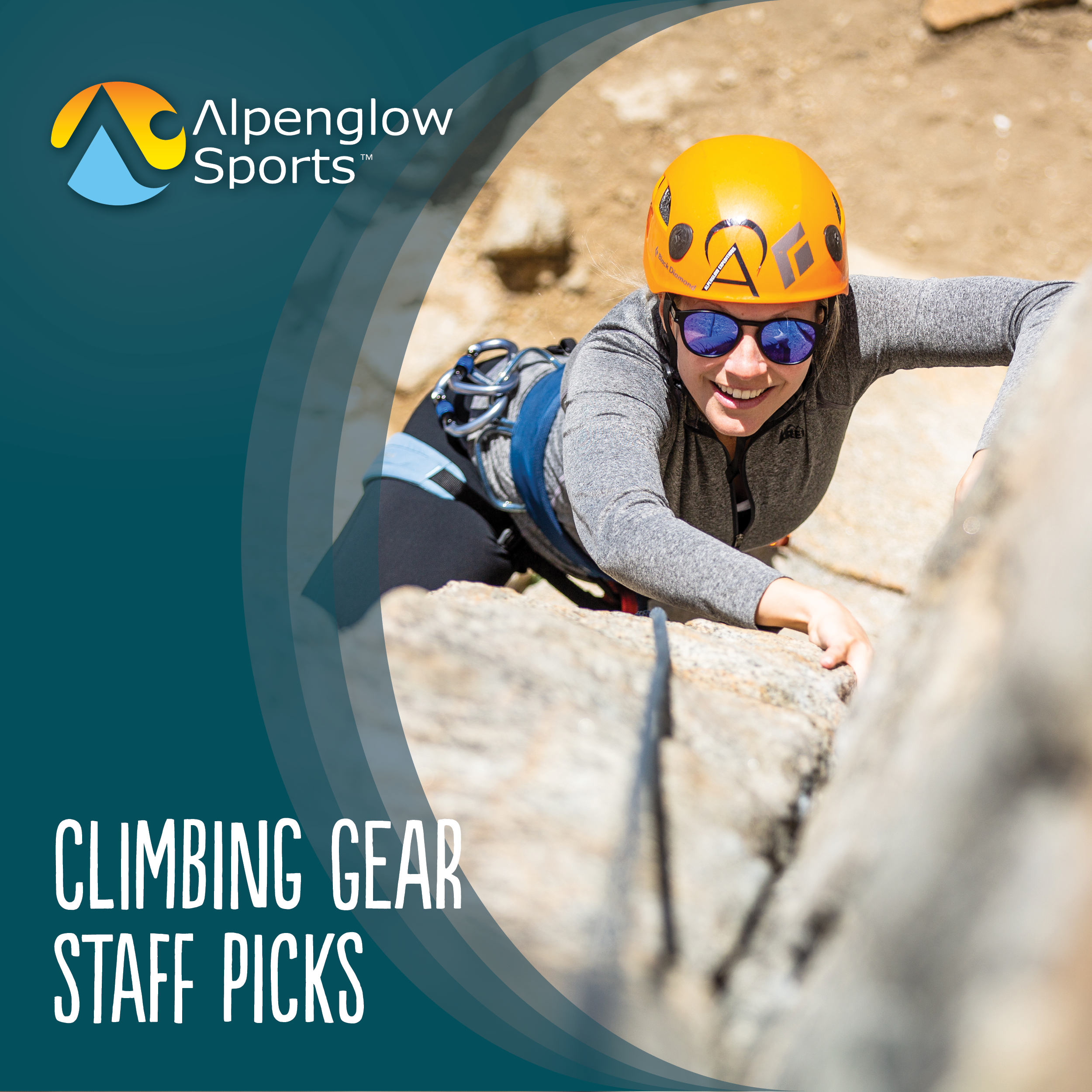


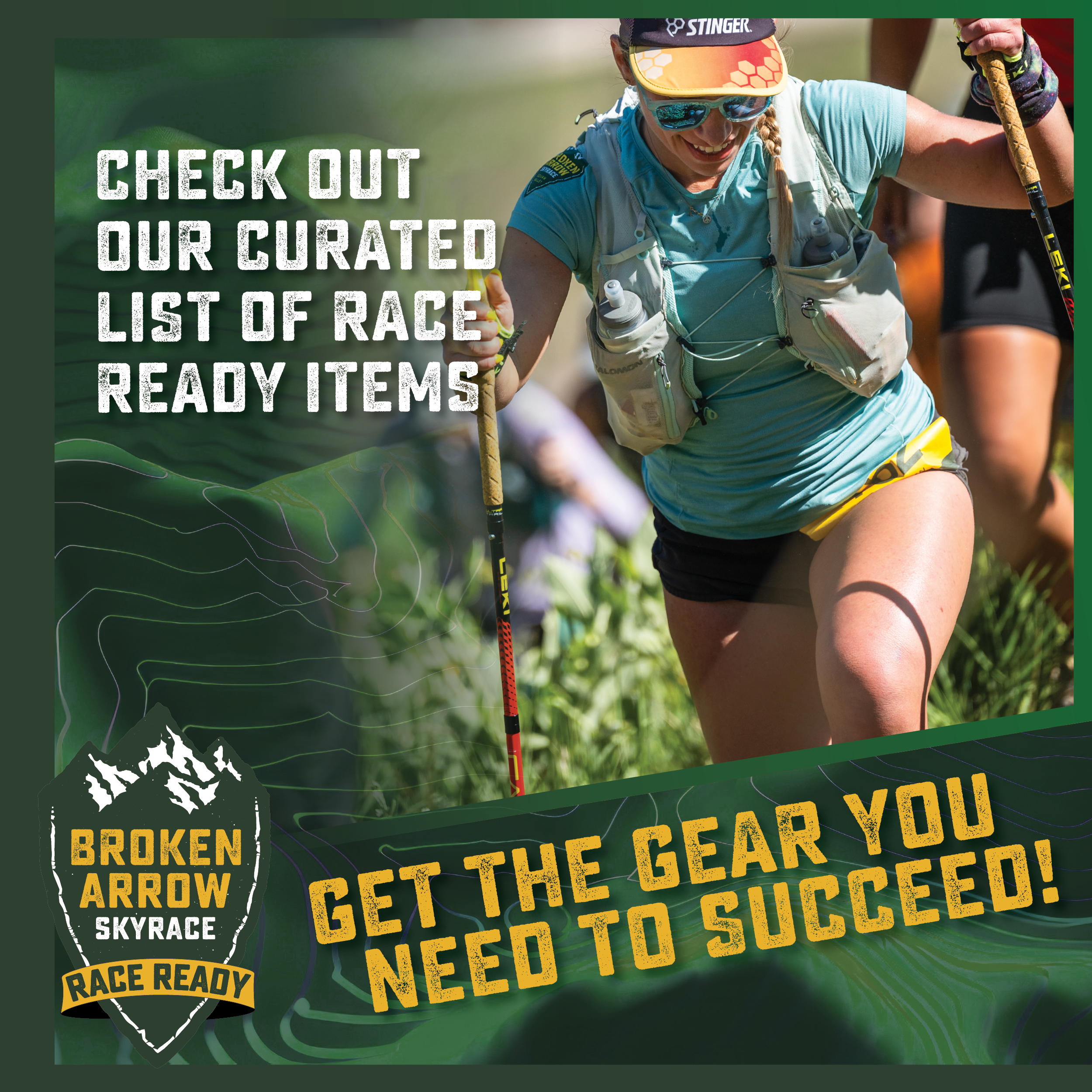
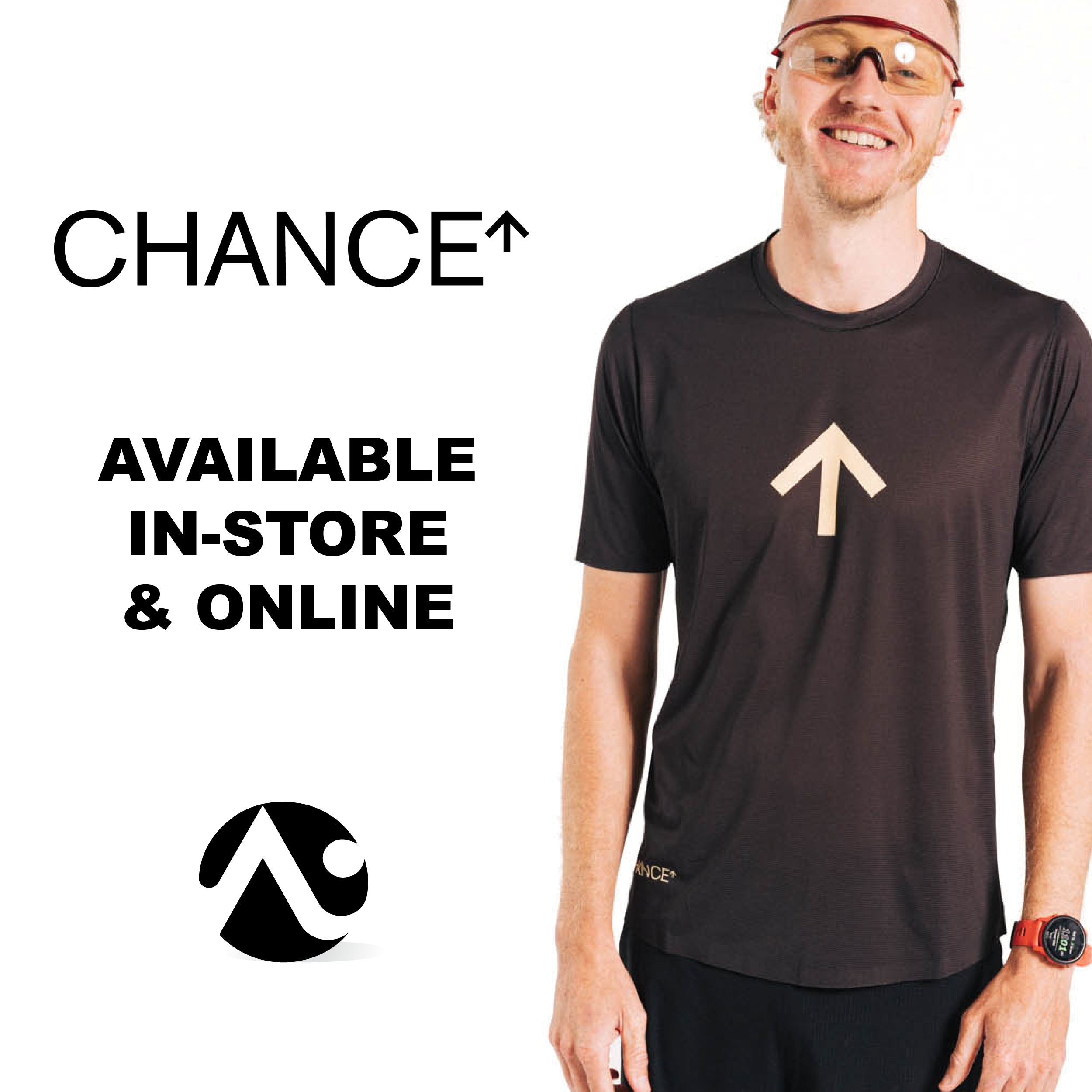

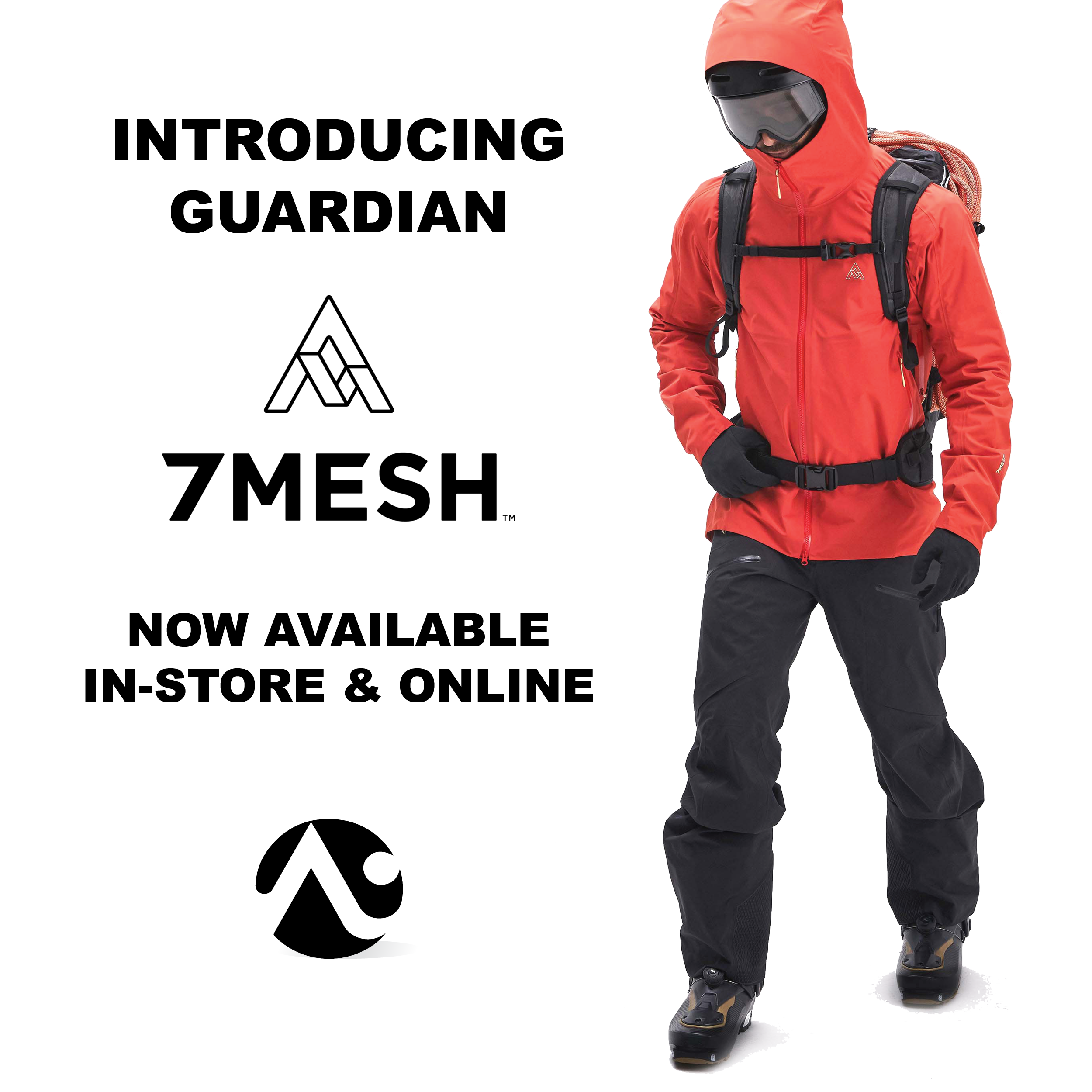
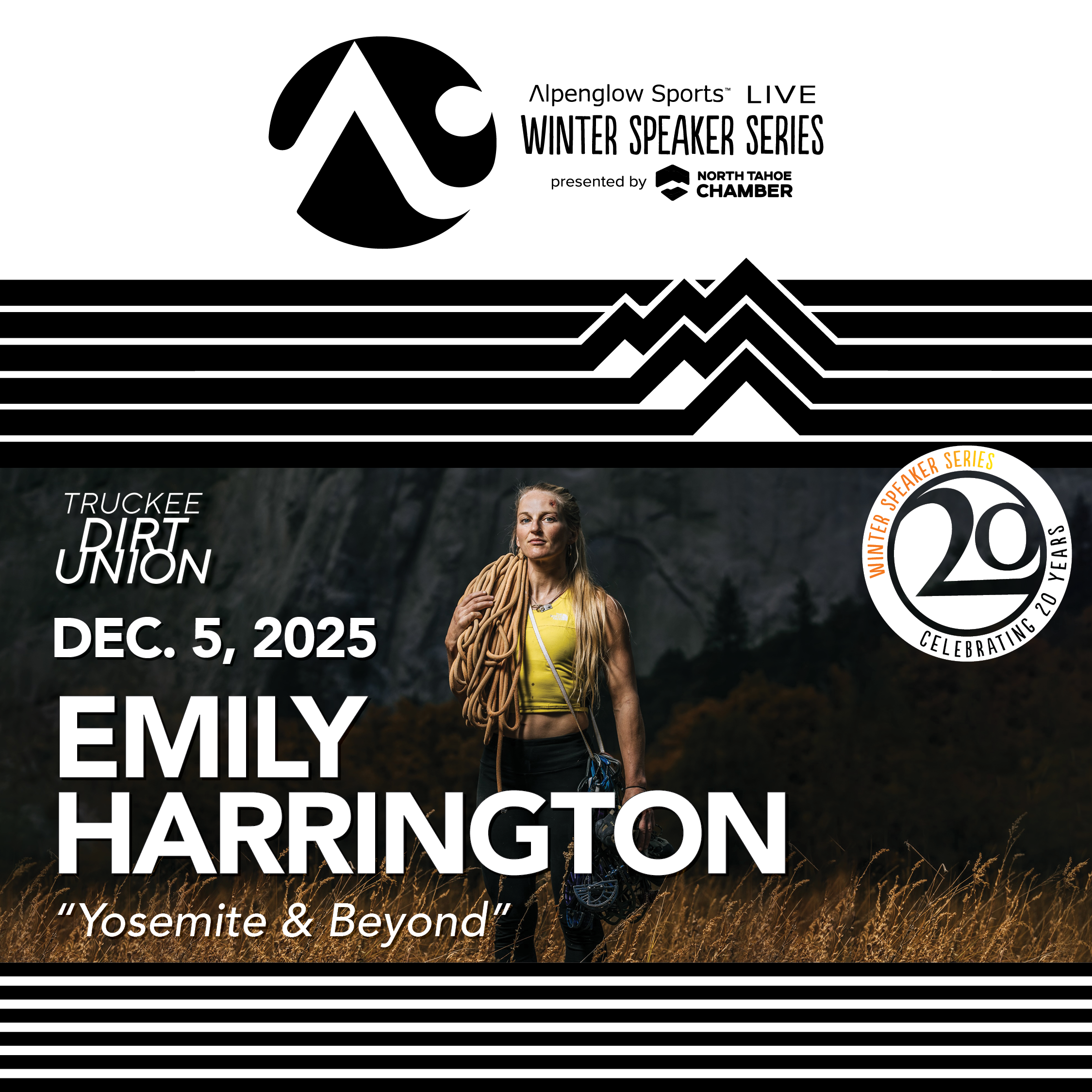
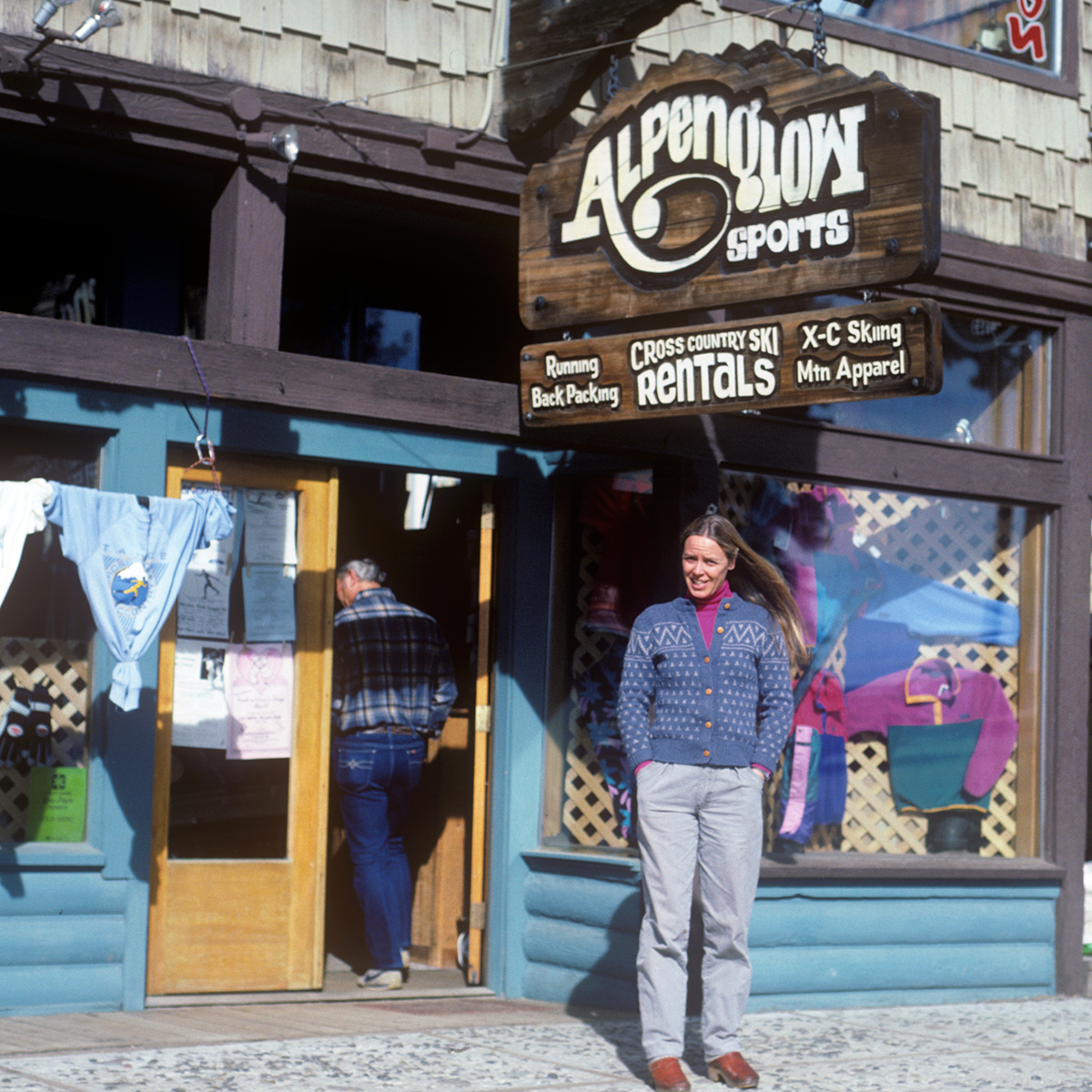


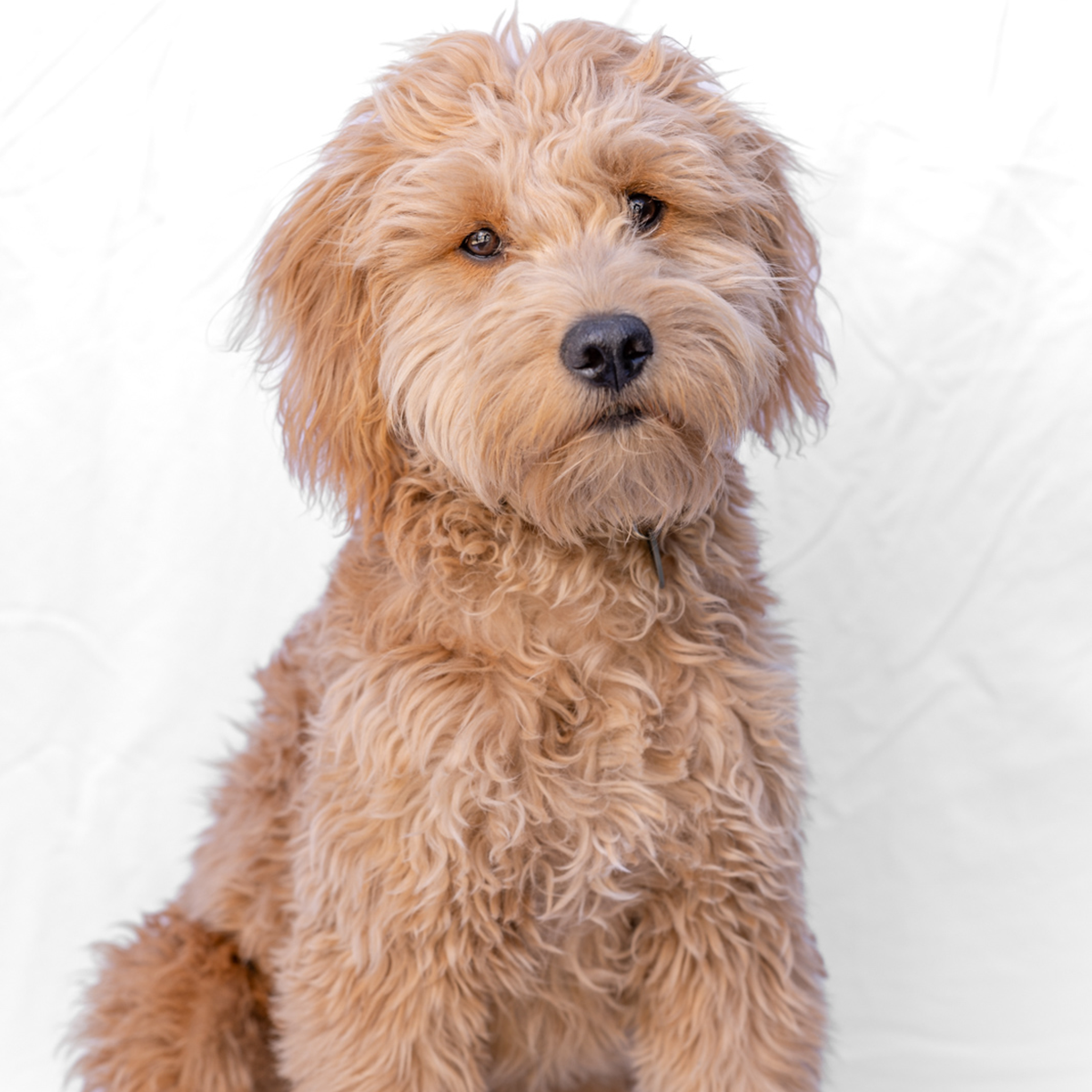

Leave a comment
This site is protected by hCaptcha and the hCaptcha Privacy Policy and Terms of Service apply.